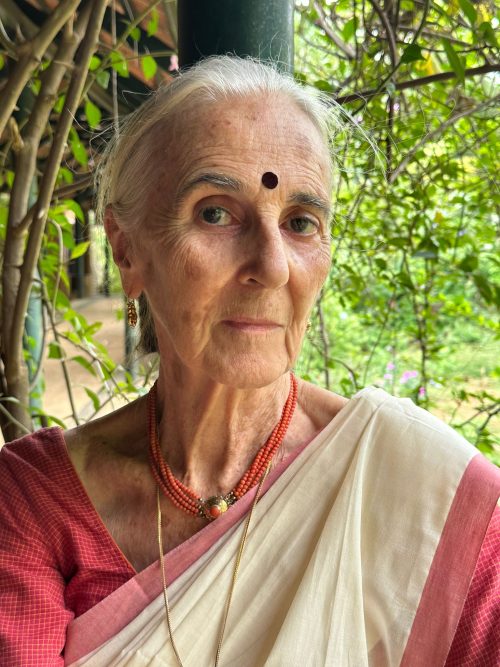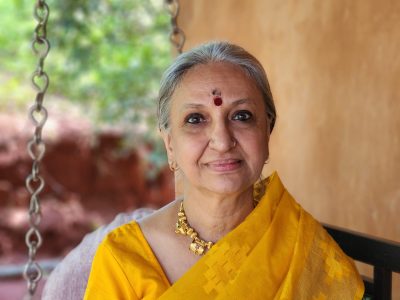Bhāva & Bhāvana: Inner and Outer Expression of Emotion
SatsangamSimran Lal joins Drs. Ramkumar & Welch in this Vedic Threads session to talk about bhāva and bhāvana. One could say that bhāva and bhāvana is what makes this world go round. Everything in this manifested world begins with a thought; Everything is a manifestation of our intentions. Bhāva is one’s inner world - intentions, feelings, desires; and bhāvana is the outer expression of those - in what we say, how we express ourselves, how we conduct ourselves in society. Yogis advise us to align our bhāva with our bhāvana (what in modern day parlance is what we call ‘authenticity’), and to make them śuddha (pure). Our persistent thoughts and the way we perceive the world shape us. To refine them (make them śuddha) is the birthright, and the highest aim of each of us.




